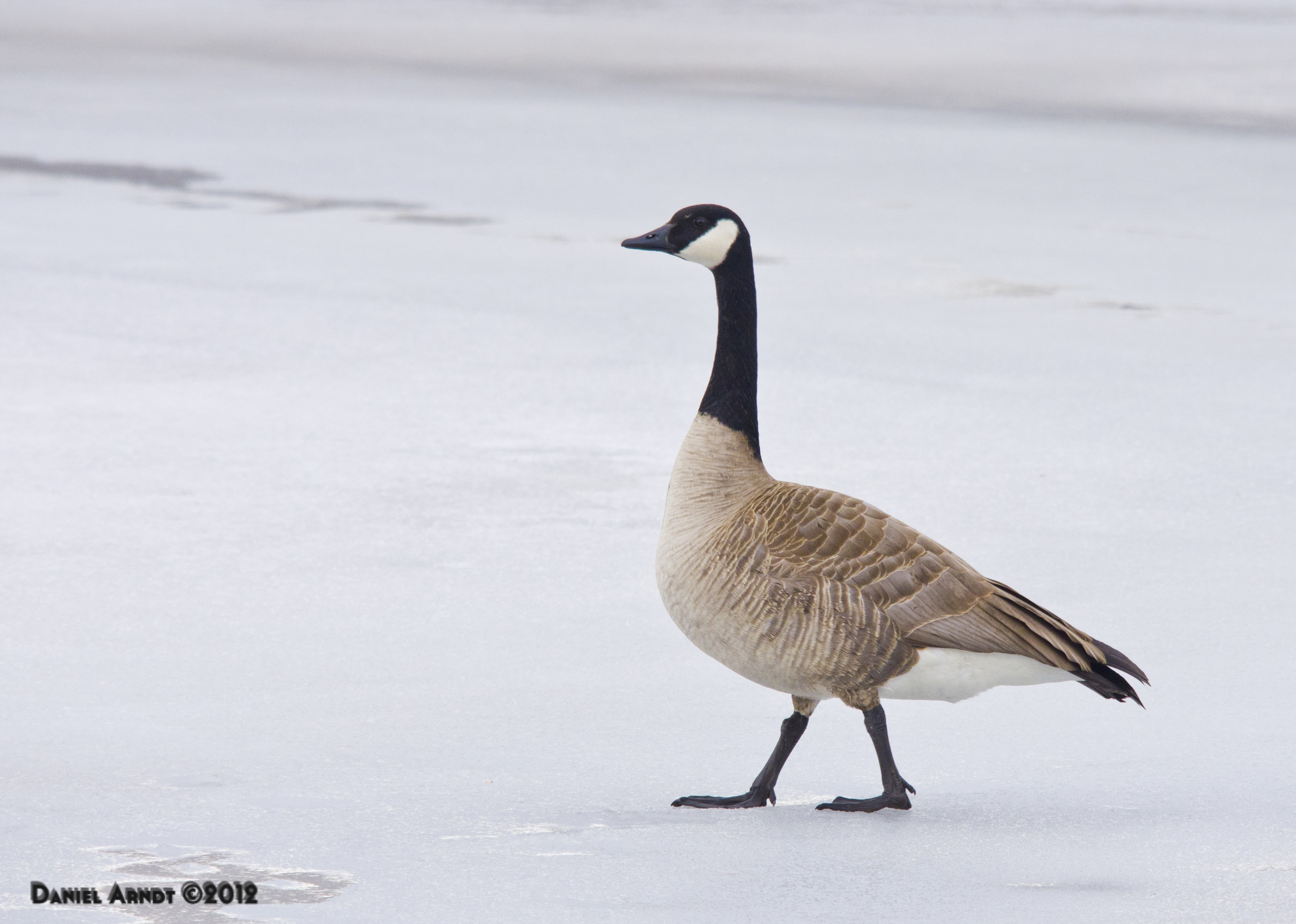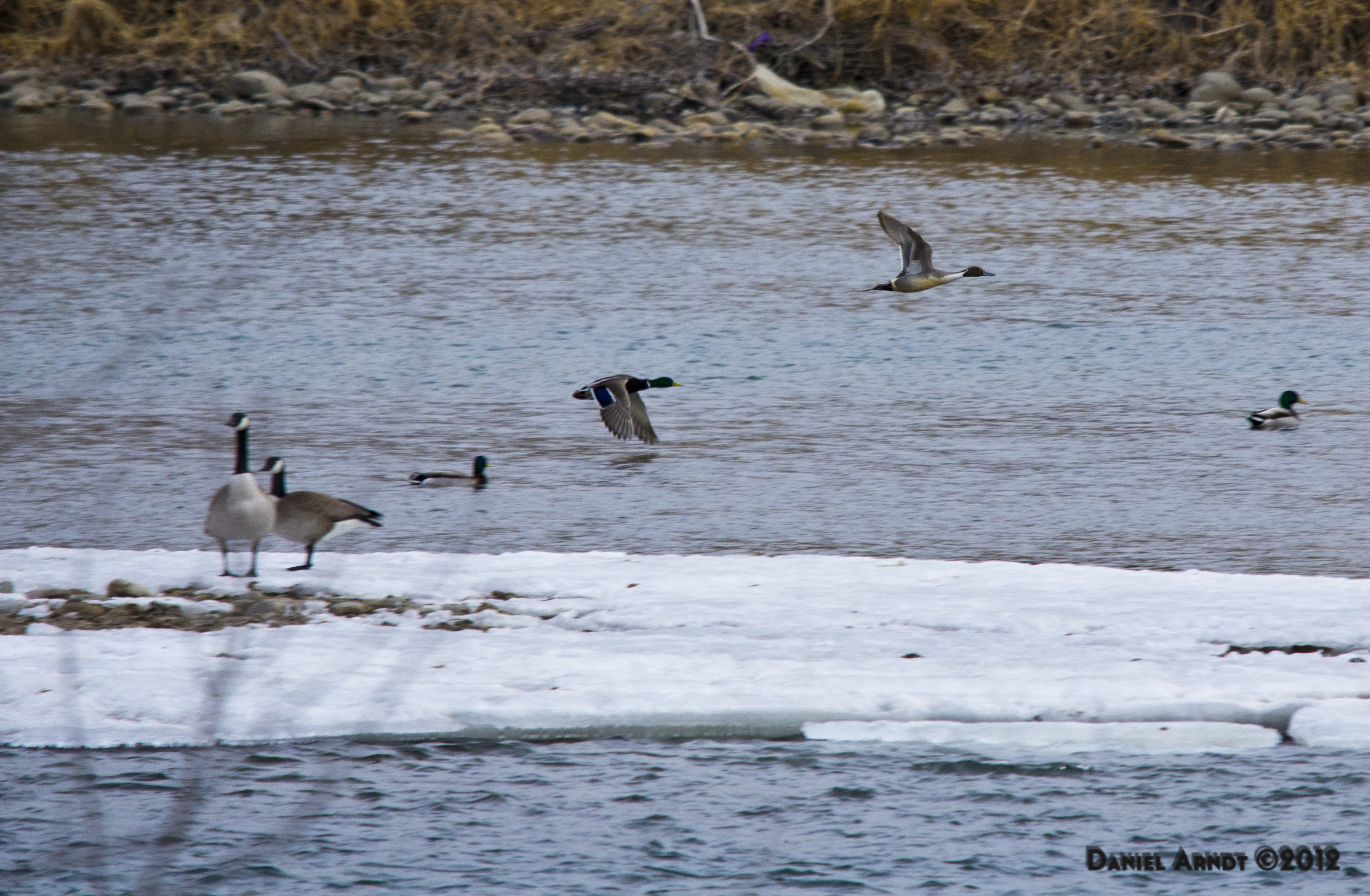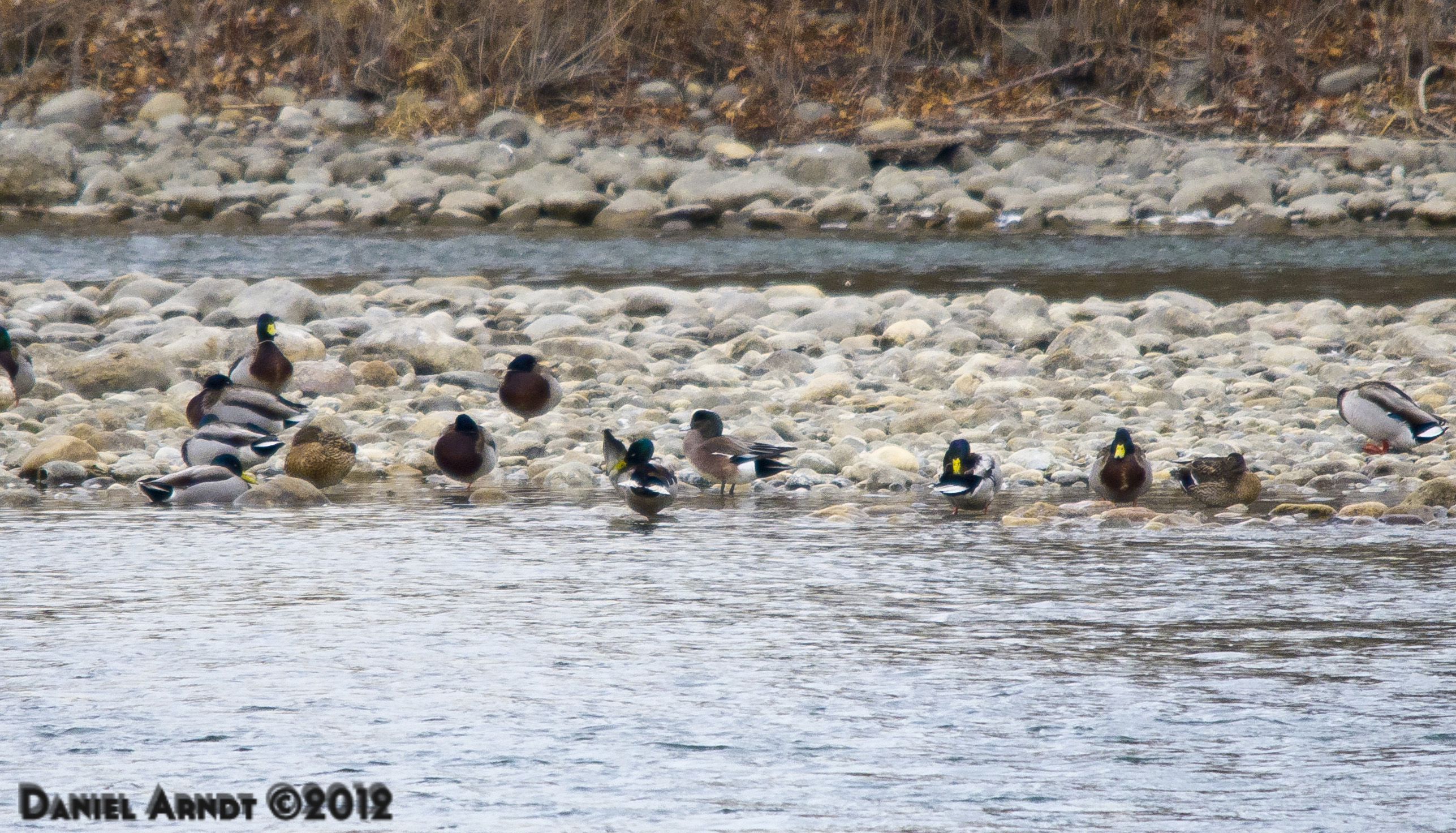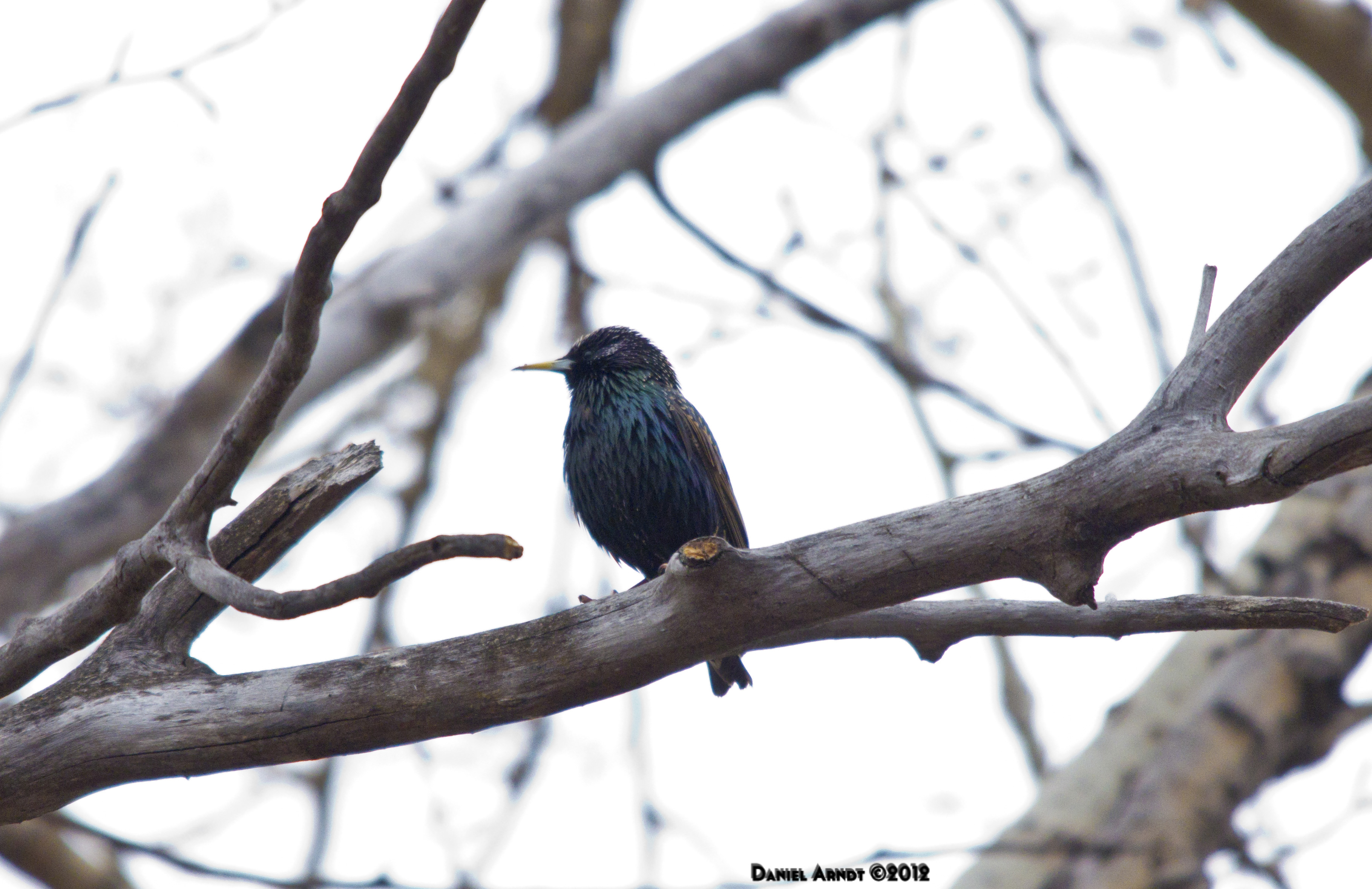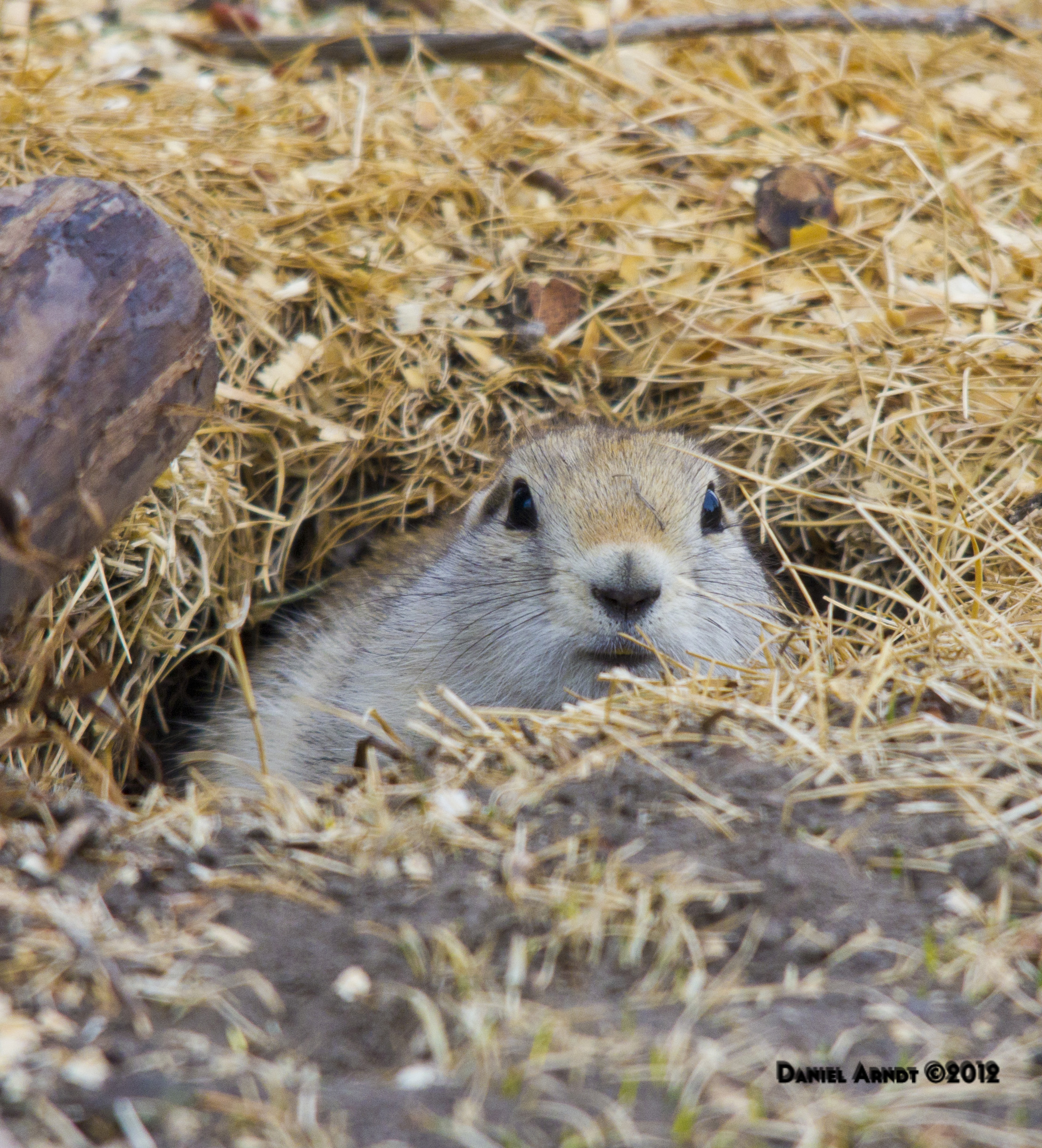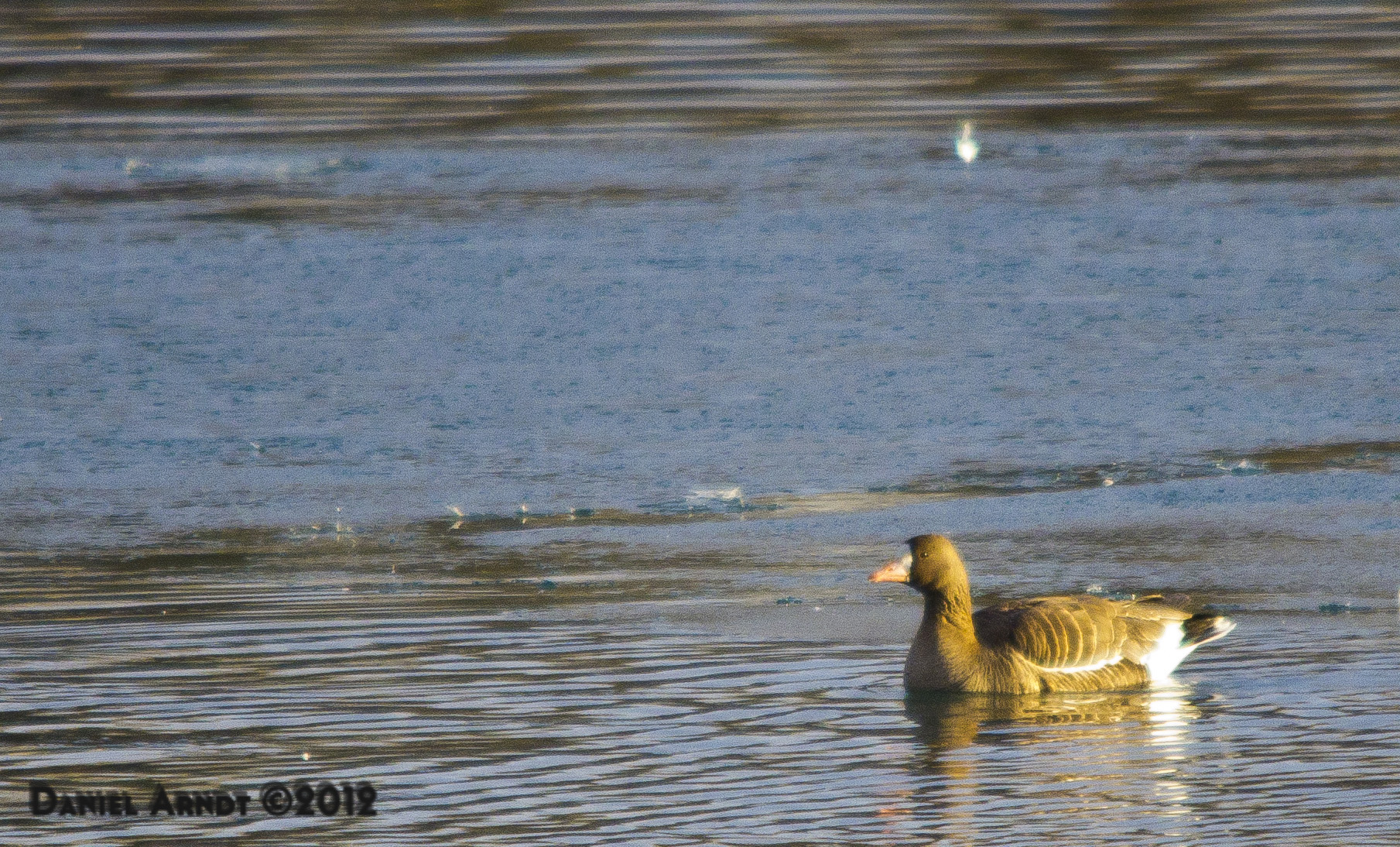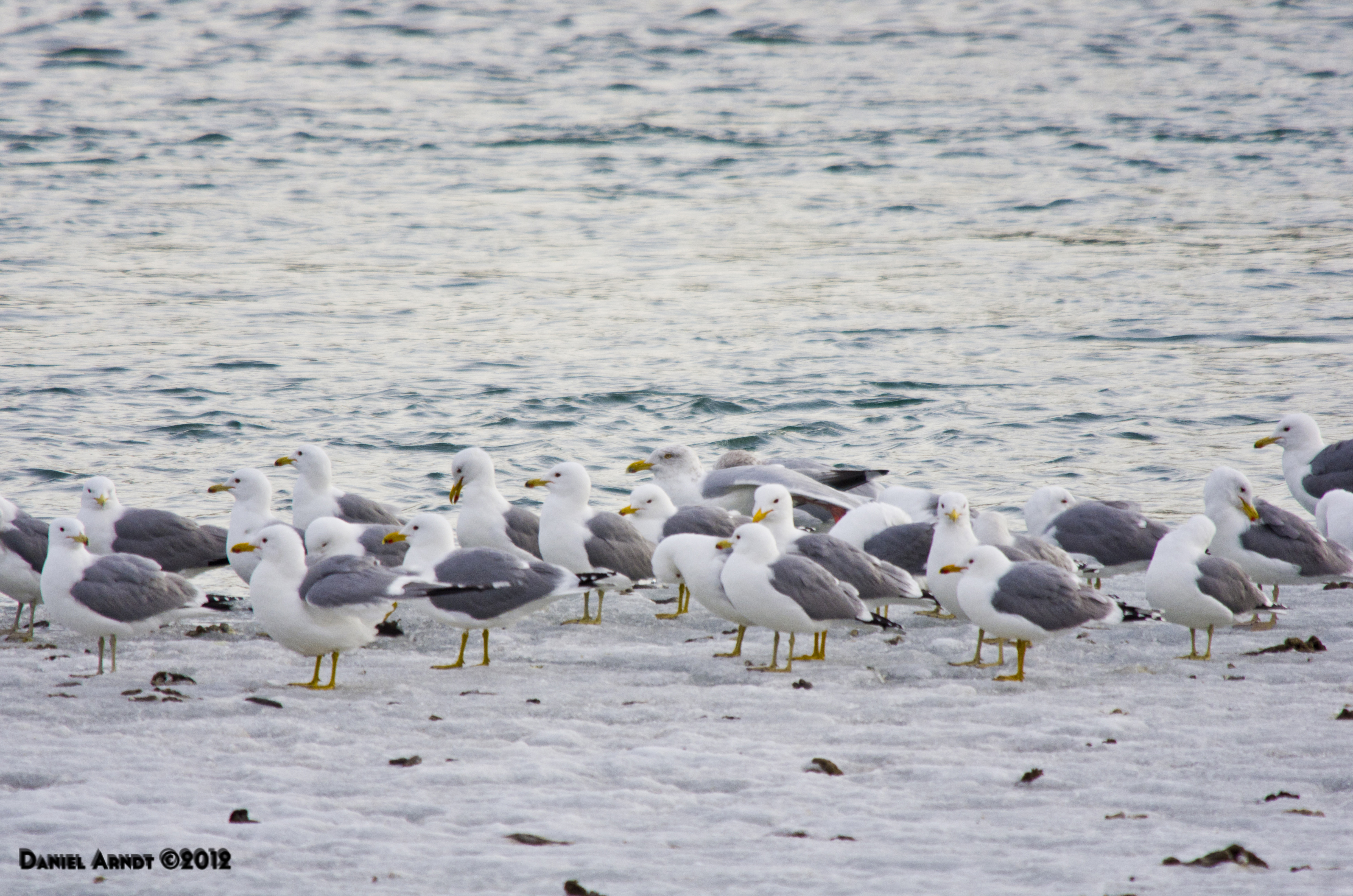Posted by Dan Arndt
Last weekend the Sunday morning birding group from the Friends of Fish Creek was diverted from our scheduled course of exploring Lafarge Meadows, south of the Boat Launch at Fish Creek Provincial Park, and instead explored the always amazing Mallard Point. This is one area of Fish Creek Park that I have rarely visited, but am always surprised at the diversity and splendor of the entire range of environments it includes, and the expanse of the Bow River along the protected Poplar Island is always a great spot to see, and hear, a wide variety of both waterfowl, shorebirds, and other assorted wildlife.
Here is the route we took:

Mallard Point Route
On the west bank, we were greeted by large numbers of European Starlings and Canada Geese searching for, and preparing nest holes and cavities in order to rear their young. Some preparing new ones, others, like the European Starling below, re-using older holes.

European Starling emerging from nest hole
On the river were a huge number of Common Goldeneye as well, still displaying and competing for females. It seems like they’ve been competing and displaying forever! On our first outing of the winter course we viewed others competing in the same way, so it had been at least 10 weeks!

Male Common Goldeneye displaying for females
Across the bridge and through the poplars we heard White-breasted Nuthatches and numerous Northern Flickers calling and displaying for their potential mates as well.

This Northern Flicker came in close for some great views of the bright plumage. Many birds possess a nictacting membrane, such as the one covering the eye of this Northern Flicker, to protect them from debris while flying, diving, or drumming, while still allowing the bird to see.
As we crossed a smaller second bridge, a group of nine Lesser Scaup came into view on one of the back channels off the Bow River. Slightly behind them was a trio of American Wigeon, again much closer than expected.

Female (l) and male (r) Lesser Scaup

Female (l) and male (r) Lesser Scaup

Females (l) and male (r) American Wigeon
As we followed the pathway south, we took a look at some feeders in one of the yards adjoining the park, when one of the most elusive birds of this winter birding course was spotted pecking its way along beside, and behind the house. Some people search for good close views of this bird for weeks or months, but it appears that this lucky homeowner gets them in the yard fairly regularly. Some people are luckier than they know!

Male Ring-necked Pheasant
Heading further south along the Bow, we spotted an extremely mangy Coyote at least twice before we watched it digging at a cache and coming away with the wing of a Mallard that we suspect it had cached away under this log.

Extremely Mangy Coyote - this coyote had very little hair on its face, tail, and legs, and most of its underside also lacked hair. It was followed by 6-10 Black-billed Magpies until it was chased up the hillside.
And that’s where the path turned to go up the hillside, so we opted to turn around at that point and head back, which gave us the opportunity to see a few birds being flushed down river by an approaching fishing boat, being pushed down the river by the current. First was this American Wigeon, followed by some near-shore Common Mergansers and an inquisitive Ring-billed Gull.

Along the south edge of the path, another male American Wigeon offered very close views.

Male (l) and female (r) Common Merganser

Ring-billed Gull
As we neared the back-channel of the river again, a flock of European Starlings flew up harassing this Merlin, which paused for a brief photo-op.

Merlin
The last, but not least new species of the day was this beautiful pair of Hooded Mergansers right beside the bridge. I believe I shouted VERY loudly “Hooded Merganser!” which probably should have flushed them, but thank goodness that they were more than understanding of my excitement!

Male Hooded Merganser coming in for a landing.

Female (l) and male (r) Hooded Mergansers
I did mention there was no false advertising at Mallard Point. We spotted nearly 400 Mallards in our walk up and down the river, but none really close or accessible enough to get any decent shots of!
One more post this week will finish off the blogging for the Winter Birding course, and while I’ll be away for the first two weekends of the Spring course, I’ll be more than happy to share some of my other photos in the coming weeks!
































